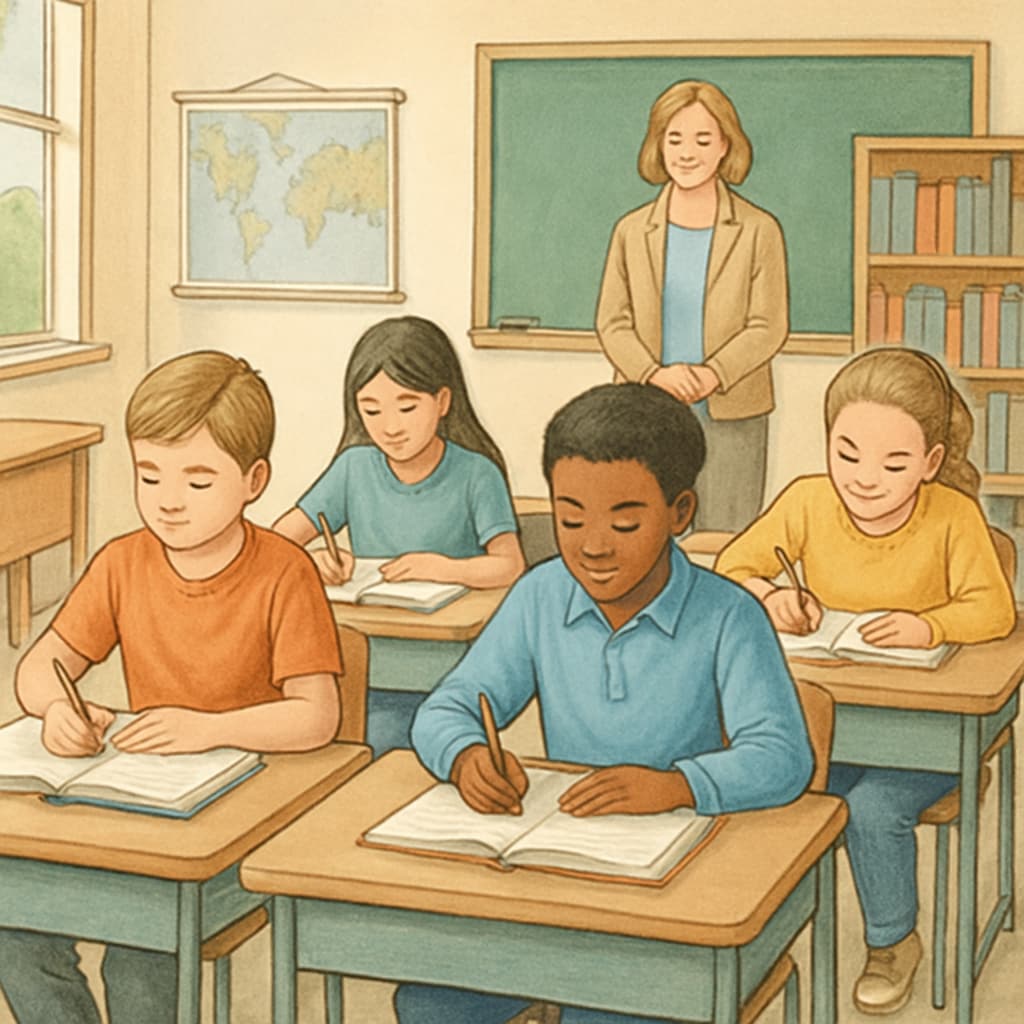In response to growing concerns about excessive smartphone use, many states have introduced new campus cell phone bans in both public and private schools. These policies have sparked widespread discussions among educators, parents, and students. While some view the ban as a necessary step to improve focus and safeguard student mental health, others argue it restricts personal freedom and modern learning opportunities. The debate highlights the challenge of balancing technology use with educational priorities in the digital age.
How Does the Campus Cell Phone Ban Affect Learning?
One of the primary arguments for the campus cell phone ban is its potential to improve academic performance. Studies have shown that smartphones can cause distractions during lessons, reducing students’ ability to engage with the material. By removing these devices, schools aim to create a more focused learning environment. Supporters argue that this policy fosters better time management and encourages face-to-face interaction among students.
However, critics suggest that smartphones also offer valuable educational tools. Apps and online resources can enhance learning by providing instant access to information, interactive content, and collaborative opportunities. Private schools, in particular, may face challenges if their curriculum heavily integrates technology, raising concerns about the ban’s impact on innovation.

The Impact on Mental Health and Social Development
Another significant aspect of the campus cell phone ban is its effect on student mental health. Excessive screen time has been linked to increased anxiety, sleep disturbances, and reduced emotional well-being. By limiting smartphone access during school hours, proponents believe students can develop healthier habits and stronger interpersonal relationships.
Nevertheless, opponents worry that the ban may inadvertently isolate students or hinder their ability to communicate in emergencies. For example, public schools often serve diverse populations, where students may rely on their phones for various personal needs. Balancing these concerns requires schools to implement policies with flexibility and empathy.

Public vs. Private Schools: Adapting to the Ban
The implementation of the campus cell phone ban varies significantly between public and private schools. Public schools often enforce stricter policies due to larger student populations and logistical challenges. Private schools, on the other hand, might adopt more nuanced approaches to accommodate educational programs that integrate technology.
- Public schools generally emphasize uniformity, aiming to reduce distractions for all students equally.
- Private schools may provide exceptions or alternative methods, such as structured smartphone use for academic purposes.
Both approaches underscore the importance of adapting policies to fit institutional needs while addressing student concerns. Collaboration between schools, parents, and policymakers is crucial for ensuring these bans are both effective and equitable.
As a result, schools must strike a delicate balance between encouraging responsible technology use and preserving the benefits of digital tools in education.
Looking Ahead: Balancing Technology and Learning
The campus cell phone ban represents a pivotal moment in rethinking the role of technology in education. While public and private schools face unique challenges, their shared goal is to create environments that support student growth both academically and personally.
Ultimately, success will depend on how schools tailor these policies to meet the needs of their communities. By incorporating student and parent feedback, offering guidelines for responsible technology use, and providing access to alternative tools, schools can navigate this complex issue effectively. As education evolves in the digital age, finding the right balance between restriction and innovation remains key.
For additional insights on technology and education policies, visit Education Policy on Wikipedia or Education Overview on Britannica.


